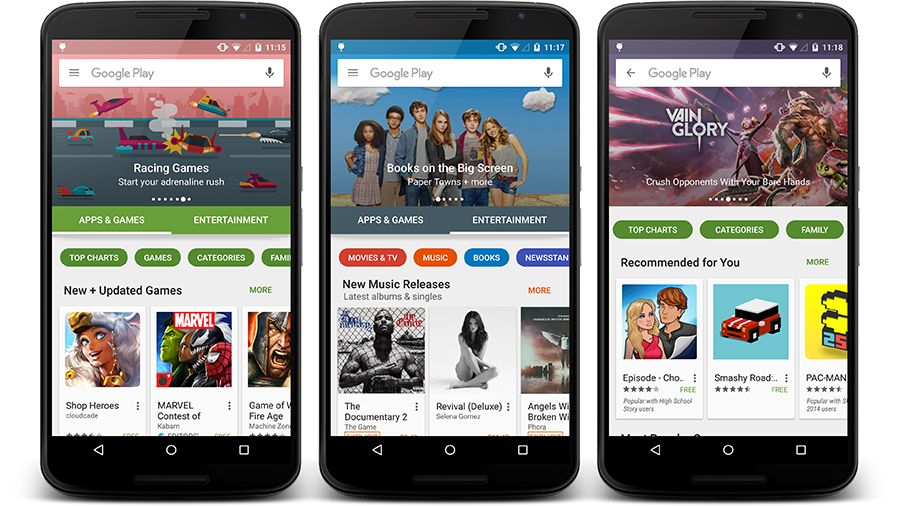Close on the heels of launching the Android 11 beta version, Google appears to have also updated some developer tools that allow app makers to market subscriptions on the Play Store itself. In other words, customers can purchase the subscription for an app without actually downloading it.
And how would this happen? Google would change the Play Store layout to showcase subscriptions options alongside the “install” button on any app’s page. So, if an app is offering a free trial, it will provide users a “Free Trial & Install” button and in case there is no free trial, users could find a “Subscribe” link next to the one asking them to install, Google says in a blog post.
The blog written by Steve Hartford, Product Manager at Google Play, further says that these changes would roll out with the launch of its Billing Library version 3. Users, however, would have to wait close to a year, since for now only a few select developers are testing the new feature.
“Starting August 2, 2021, all new apps must use Billing Library version 3 or newer. By November 1, 2021, all updates to existing apps must use this version or newer ones,” the blog post said. The update will allow users to buy a subscription directly from the Play Store listing page without clicking through an in-app pop-up.
What all would change?
At this moment, we are not sure how the feature would work as Google is pretty vague about it and only suggests that it would simplify the manner in which users discover and purchase items outside the app. However, we understand that Google will also provide developers with a UI that describes features that a subscription will offer.
The blog post also clarifies that the Android Billing Library version 3 can be used to redeem free trials of an app before a user installs it and the payments to subscribe can be made directly from Google Play Store subscription centre.
Developers are benefitted too
From the point of view of app developers, the new feature would allow them to sell their subscriptions directly from the details page of their app. Consumers would find a new button next to the “Install” button where they can get a free trial or purchase the app. This is indeed a welcome policy change as it benefits both consumers and developers.
Google is seeking more transparency
These changes from Google are a result of user angst at being tricked by app makers into taking subscriptions that do not adhere to Play Store guidelines. Of course, this isn’t just an Android problem as even iOS users have complained about being tricked. In fact, a recent research by security firm Sophos claimed over 3.5 million iOS users had installed fleece-ware apps from Apple’s App Store.
On its part, Google had introduced new Play Store policies in April with the avowed motive of guarding user interests and providing upfront clarity over subscription offers, free trial periods and how-tos around their cancellations. The policy had strictly banned hidden pricing, terms and opaque billing norms.
Since the new feature would provide users with the option of taking a free trial without having to actually subscribe, Google is hoping that it would cut churn and differentiate quality developers from the fly-by-night variety.
The onus shifts to developers
The new policy also puts the onus on developers to enhance clarity for users. It requires them to present users details about the app’s subscriptions such as the extra benefits, the cost they pay for it and the frequency at which they get billed. In addition, it would also offer users the option to dismiss the sign-up offers.
Additionally, Google is also putting the onus on app developers to provide a clear and definite reason that they seek user location tracking in the background. This has been an issue that most smartphone makers have been battling since the issue of privacy and data security came to fore over the past couple of years.
Though the rollout is scheduled to be completed by next Fall, Google is keen to change the way users interact with their subscriptions even earlier. The company would start enforcing features that allow users to pause subscriptions without the default settings getting switched back to “on” when dealing with an app. This is a welcome break, when it happens, given that several users have complained about vague billing cycles.

